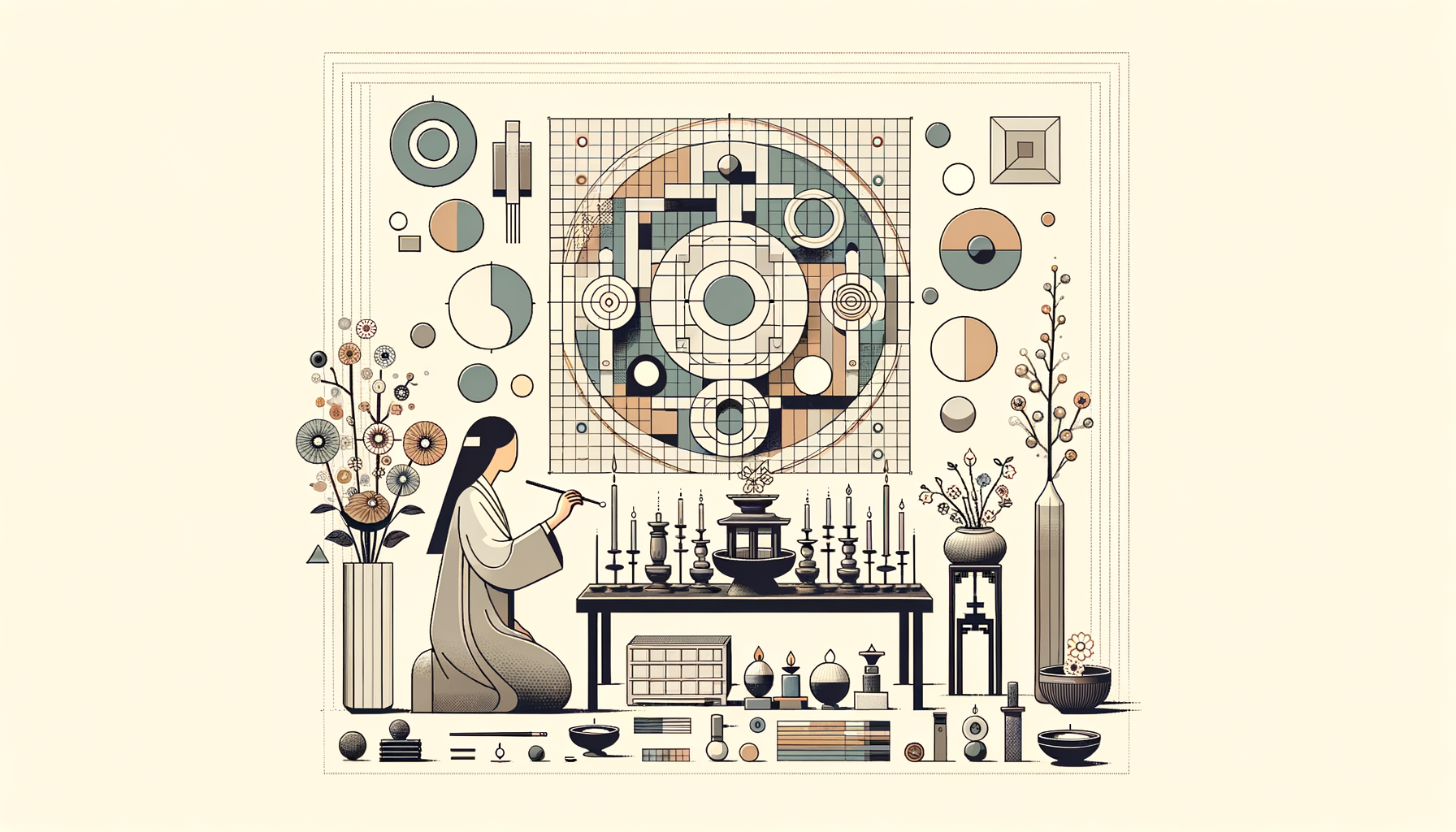Introduction
In the labyrinth of life, we often seek solace in the tranquility of our own thoughts. A personal altar, a sacred space dedicated to meditation and focus, can serve as a beacon of serenity amidst the chaos. This article will guide you through the process of creating your own personal altar, a sanctuary where you can connect with your inner self, focus your thoughts, and cultivate a sense of peace and tranquility.
Altar Design Basics

The design of your personal altar is a reflection of your individuality. It should resonate with your spiritual beliefs, personal aesthetics, and the purpose for which you are creating it. The location of your altar is of paramount importance. Choose a quiet, undisturbed corner of your home where you can meditate without distractions. The size of the altar can vary according to your preference. It can be as simple as a small table or as elaborate as a dedicated room.
The orientation of your altar can be guided by your spiritual beliefs. Some traditions suggest facing the east, the direction of the rising sun, symbolizing new beginnings. Others may prefer to face north, the direction associated with wisdom and introspection. The choice is entirely personal and should align with your comfort and beliefs.
The color scheme of your altar can influence your mood and focus during meditation. Cool colors like blue and green can induce a sense of calm and peace, while warm colors like red and orange can stimulate energy and passion. You can also incorporate symbols and patterns that hold personal significance or spiritual symbolism.
Meditation Altar Elements
The elements you choose to incorporate in your altar can enhance your meditation experience. These elements can be symbolic representations of your spiritual beliefs, personal mementos, or objects that inspire tranquility and focus.
A central element of your altar could be an image or statue that represents your spiritual guide or deity. This serves as a focal point during meditation. You can also include elements representing the four elements – earth, air, fire, and water. This could be in the form of a plant, incense, a candle, and a bowl of water respectively.
Crystals and stones, with their unique energy vibrations, can be powerful additions to your altar. Each crystal has its own properties and can be chosen based on what you seek from your meditation. For instance, amethyst is known for its calming energy and can aid in achieving a meditative state.
Maintaining Your Altar
Maintaining your altar is as important as creating it. Regular cleaning and dusting will keep your altar space clean and energy fresh. It is also important to periodically rearrange and refresh the elements on your altar. This keeps the energy dynamic and allows for the introduction of new intentions and goals.
Respect and reverence for your altar are crucial. This is your sacred space and should be treated with the utmost respect. Avoid using it as a storage space for random items. The energy of your altar should be preserved for meditation and reflection.
Conclusion
Creating a personal altar is a deeply personal and rewarding process. It provides a tangible space to focus your intentions, meditate, and connect with your inner self. By carefully choosing the design, elements, and maintaining your altar, you can create a sanctuary of peace and tranquility in your own home. Remember, the most important aspect of your altar is that it resonates with you and aids in your journey of self-discovery and spiritual growth.





